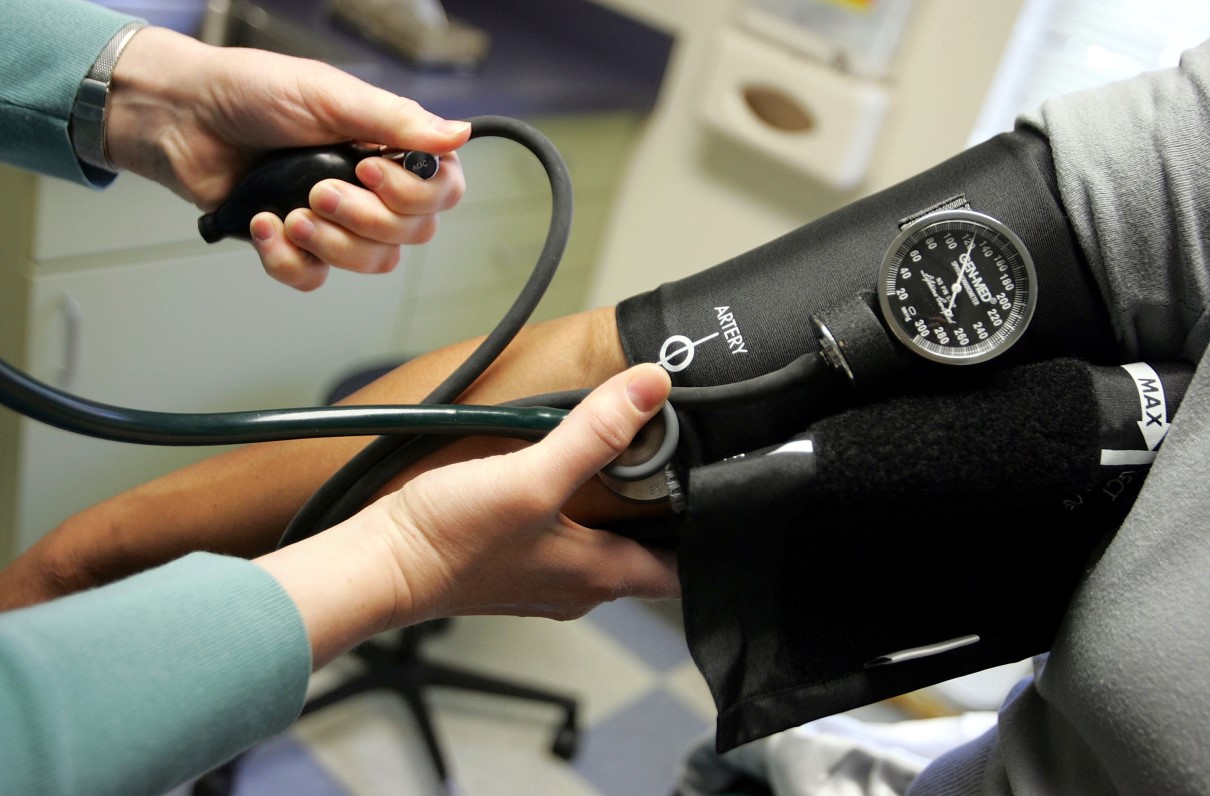After pausing efforts at the beginning of the COVID-19 pandemic, the transition of military treatment facilities (MTFs) from the individual service branches to Defense Health Agency (DHA) administration and management is nearly complete.
Military health system (MHS) reforms in the FY 2017 National Defense Authorization Act (NDAA) directed the change to achieve efficiencies, increase overall access to care for beneficiaries, improve the patient experience and standardization across the MHS, and provide more opportunities for uniformed medical providers to enhance their readiness skills.
To meet this congressional requirement, DHA has established a market-based structure to manage hospitals and clinics, building on the enhanced multi-service market (eMSM) concept already in place for several years.
[RELATED: A Major Pharmacy Provider Is Rejoining the TRICARE Network. Another Is Leaving]
A Health.mil article on a recent transition ceremony described markets as “groups of hospitals and clinics in one geographic area working together with their TRICARE partners, Veterans Affairs hospitals, other federal health care organizations, private sector teaching hospitals and medical universities, and other health care partners. They operate as a system, sharing patients, staff, budget, and other functions to improve readiness and the delivery and coordination of health services.” Find more details on the market structure at this link, or download a PDF listing all the MHS markets.
Most of the changes related to the transition of MTFs to DHA are happening behind the scenes and will not be evident to beneficiaries. A key milestone patients may have noticed is the migration of many MTF websites to the TRICARE.mil domain. This three-year project modernizes the web presence of military hospitals and clinics, and provides a standardized online experience throughout the MHS.
DHA is implementing once-in-a-generation MHS reforms as uniformed medical personnel continue to support the nation’s pandemic response. Just last week, three teams of medical personnel deployed to assist civilian health care workers treating COVID-19 patients in local hospitals in Michigan and New Mexico. They join eight other teams working in five states – three in Montana, two in Minnesota, and one each in Colorado, Idaho, and Utah.
As DHA continues to implement MHS reforms and balance provider deployments with the needs of MTF patients, MOAA is monitoring access to care and feedback on the patient experience to ensure issues are addressed quickly and effectively.
As the FY 2022 National Defense Authorization Act (NDAA) progresses, MOAA is also still fighting for reporting and congressional oversight of proposed medical billet reductions to protect beneficiary access to care and the MHS’s surge capacity.
Have you experienced a recent issue with access to care or the patient experience at your military hospital or clinic? Help inform our advocacy by sharing your story at legis@moaa.org.
Have More Questions About Your Health Care Benefit?
MOAA's TRICARE Guide answers some commonly asked questions.

